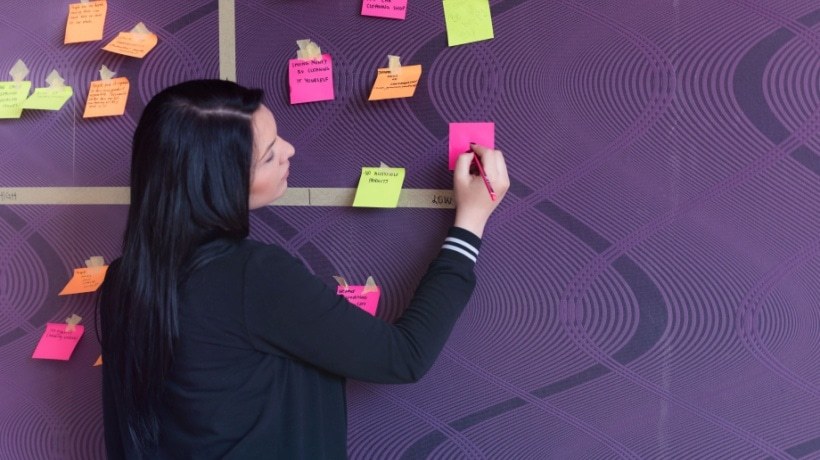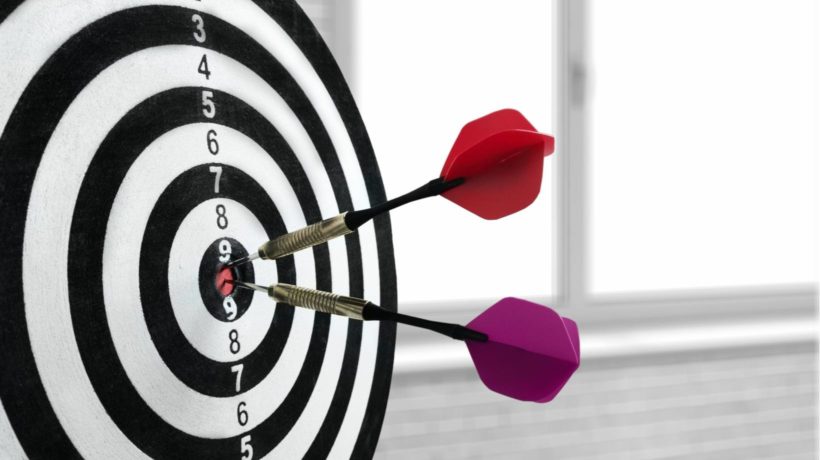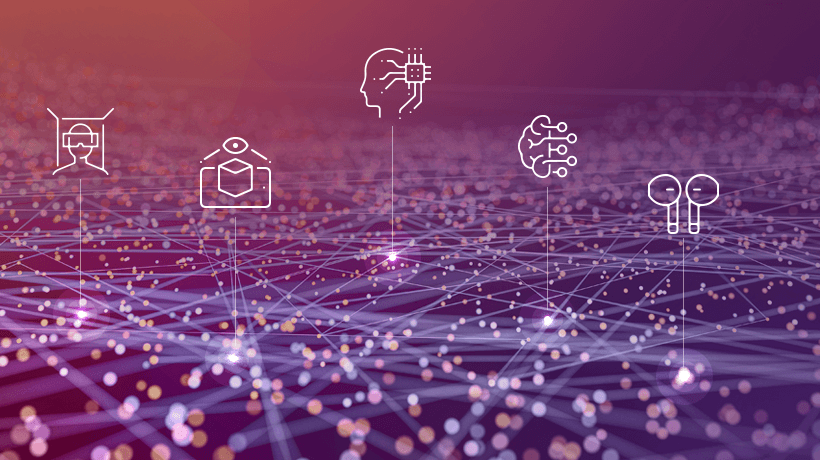Clarity, Connectivity, And Composite Lenses
It is often said that "the Devil is in the detail." However, I believe that "the Devil is in not seeing what should be apparent and then acting on it appropriately." To achieve this, we need to be prepared to discard familiar, perhaps comfortable lenses, and to put on new ones that force us to confront the bedeviled conundrums that have lead to many of the world's ills that we currently choose to see merely as inevitable, unfair, or just fact. This article will examine the 3 lenses required to see the world in a way that will be more sustainable and can forge a future that is more desirable for all. The Clarity filter lens gives overall direction and informs strategy, the Connectivity lens informs the human systems required to engage this strategy, while the Composite lens lends structure to the blend of performance systems required to differentiate sustainable outcomes. This is depicted diagrammatically below:

1. The Clarity Filter Lens
Clarity of Purpose is paramount.
Almost all entry-level leadership and self-development programs refer to Maslow's hierarchy of needs. Let us pause for a moment and examine whether we need to see things differently in order to make better choices. Maslow essentially developed his "hierarchy of needs" based on empirical observation. It was a way of explaining and making sense of what he was seeing. What if this is just a self-fulfilling prophecy because we follow this line of thought blindly?
Often, one finds people who are well-off expressing the need to work a little longer to accumulate a little more in order to be secure in their adage. And then, there are those who apparently experience a mid-life crisis and do, what seems to those around them, crazy things. Why?
The fact is that if your starting point is the bottom of Maslow's hierarchy, you will almost always regress to the bottom of the hierarchy when you feel threatened. The COVID-19 threat evidenced this when apparently normal, well-off, sane people felt the need to "raid" supermarkets to acquire as much of what they thought would be necessary to "hole up and survive the crisis."
However, if we start with a Purpose that gives our life real meaning, we can define exactly who and what is important to us and how we can use our unique characteristics to actualize this. This then defines the actions that will calibrate our sense of self-esteem and the esteem which we earn from our chosen beneficiaries. By fulfilling the obligations that we set ourselves, we earn the human right to belonging and "love." This in turn gives us a sense of security in knowing that those around us will share what they have with us in times of need.
And, if organizations and countries apply this lens, they will stop handing out aid packages and start working with communities facing challenges to purposefully reverse their fortunes and become part of an inter-connected, caring, contributive and sustainable world.
This can resolve the conundrum as to whether or not poverty and deprivation will always be. It is not inevitable. Simply, if we accept this, then this becomes the lowest common denominator that will always threaten each of us.
2. The Connectivity Lens
Will it take the spread of COVID-19 to highlight global connectivity? It is one world and we are in it together, for better or worse. Best we choose to make it for better.
Many of us have experienced isolation and the challenges of working remotely from home. If C-suite executives were detached before, how bad will it get when more and more of us work remotely?
Maybe COVID-19 is a great catalyst to start this dialogue? Many C-suite executives sit in their "ivory towers" while their minions gaze upward longingly through "glass ceilings." In remote workplaces, we create our own "office" and work-space reality. So, who will be kidding whom? The new leaders will be those with an "open door" and who forge connection, collaboration and shared contribution...not those who have their name on the door and a fearsome "armed guard" out front.
I hope that C-suite executives read this and take cognizance. Many will have experienced the sense of disconnection that isolation brings and how things that were taken for granted before are somehow "out of reach."
It is time to extend our reach by joining hands, to put aside individual, cultural and ideological differences and to create a chain of collaboration. This is not a chain of collaboration to defeat a one-off common enemy such as COVID-19. Rather, it is one of the power of connectedness in forging a future that is not based on the fear of the unknown, but rather on the confidence that "together we will prevail."
This lens can resolve the conundrum around the inevitability of "weak links." It is not unfair that some people seem stronger or have advantages if we hold them accountable to use their strengths to benefit others. It is about a commitment we mutually make to take communal accountability to strengthen weak links, because inevitably, at some stage, we may be the one in need of help.
For organizations to enjoy sustainable health and performance, it will require human systems that deliver a commensurate sense of community and commitment among all their employees, wherever and however they work. The time is now for organizations to acquire the connectivity lenses to build resilient human systems.
3. The Composite Lens
The composite lens allows us to critically examine and evaluate the organizational capacity and capability requirements to execute clearly defined strategy, both current and future.
It is the composite lens that enables us to see what is essential to deliver our clearly defined purpose. This informs the blending of the composition of unique, "fit for purpose" organizational capacity and capability rather than generic or "off the shelf" solutions that can only produce bland outcomes, as depicted diagrammatically below.

So, what of the issue that WWW has made knowledge ubiquitous and the conundrum of how to offer uniqueness? Surely, it is about how we blend opportunity differently that will differentiate us. Now more so than ever before, it is incumbent on leaders to build composite lenses that enable their organizations to anticipate and then to give structure and form to the capacity and capability systems that will deliver clear, differentiated and sustainable excellent performance now and in the future.
Call-To-Action
Let's remove our collective blinkers and work collaboratively to forge a future we can all look forward to, where challenges are not feared, but rather anticipated.









